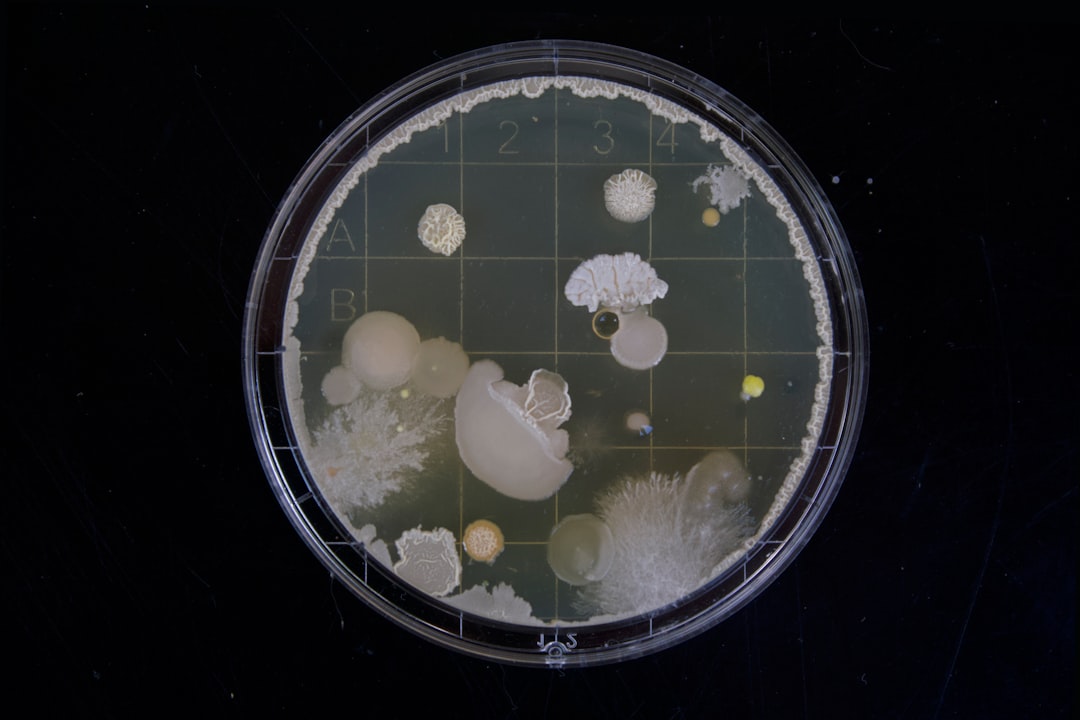What is it about?
This study examines the effects of different storage methods on the pH and some antibacterial activities of human milk. Portions of milk and colostrum samples from healthy lactating mothers were stored at 4°C and -20°C for periods ranging from one day to 12 weeks. The stored milk samples were analysed for pH, bactericidal and bacteria sequestration activities against a serum-sensitive Escherichia. coli, and compared with freshly collected samples, with and without EDTA. Milk became progressively more acidic during storage.
Featured Image
Why is it important?
Storage of human milk for limited periods of time is unavoidable in neonatal units and also in the home where increasing numbers of mothers go back to work soon after delivery. Milk became progressively more acidic during storage. While the bactericidal activities of refrigerated samples diminished rapidly, up to two-thirds of the original activity level was maintained by freezing for up to three months. The ability of milk fat globule membrane to adhere to suspended bacteria was gradually lost in frozen milk samples, while it was greatly enhanced during the first few days in refrigerated samples, before declining sharply.
Perspectives
This study shows that loss of bactericidal activity in refrigerated milk is well compensated for by enhanced bacteria sequestration activity, and allays any fears that might arise concerning the suitability of stored human milk for infant consumption.
Dr Michael O Ogundele
Mid Cheshire Hospitals NHS Foundation Trust Postgraduate Medical Centre
Read the Original
This page is a summary of: Effects of storage on the physicochemical and antibacterial properties of human milk, British Journal of Biomedical Science, January 2002, Taylor & Francis,
DOI: 10.1080/09674845.2002.11783661.
You can read the full text:
Contributors
The following have contributed to this page










